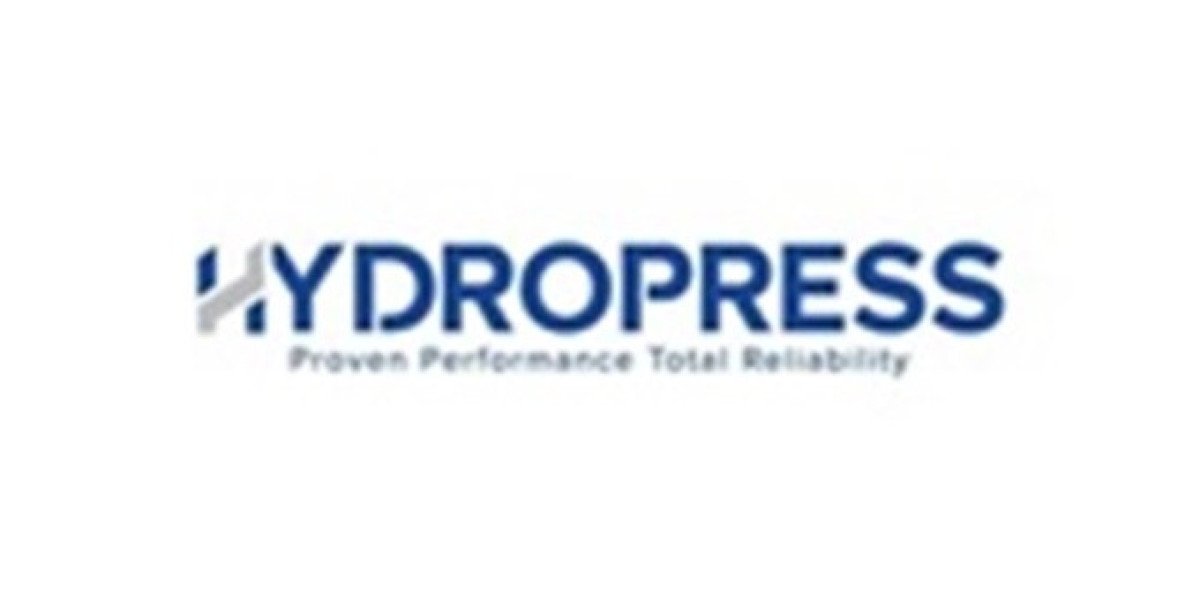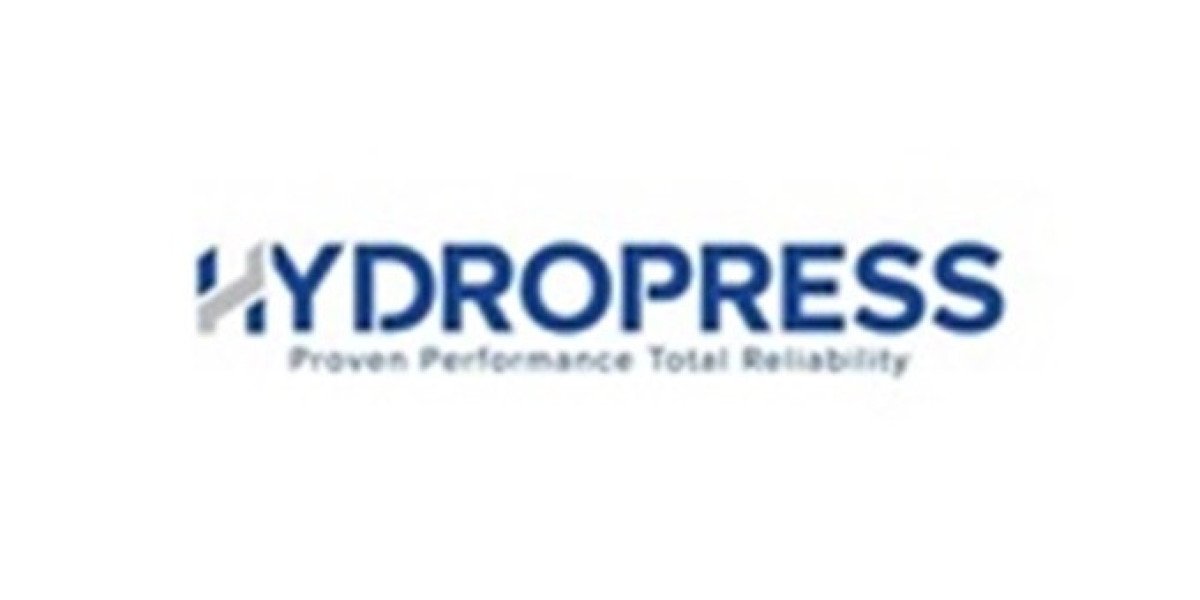In the world of 3D printing, filament selection is crucial, not only for the quality of prints but also for budget management. This article serves as a comprehensive guide to 3D printing filament prices, exploring the various factors that influence these costs.

1. Types of 3D Printing Filament
Different types of filament come with varying price tags. Common filaments include:
- PLA (Polylactic Acid): Generally the most affordable and user-friendly option.
- ABS (Acrylonitrile Butadiene Styrene): Priced slightly higher due to its durability and heat resistance.
- TPU (Thermoplastic Polyurethane): A flexible filament that often costs more due to its specialized properties.
- Specialty Filaments: Such as nylon or composite materials, which can significantly increase costs.
2. Quality and Brand Reputation
When considering filament prices, the quality and brand reputation play a significant role. Higher-quality filaments often come from reputable manufacturers and are subjected to rigorous quality control. This can lead to a higher price point. However, investing in quality filament can result in better print outcomes and fewer issues during the printing process. Have you ever wondered why some brands charge more? The answer often lies in their commitment to quality and consistency.
3. Market Demand and Supply Chain Factors
Market dynamics greatly influence filament prices. For instance, during peak seasons or when new technologies emerge, demand can spike, leading to increased prices. Additionally, supply chain disruptions—such as those caused by global events—can affect availability and, consequently, costs. Understanding these market trends is essential for anyone looking to manage their 3D printing expenses effectively.
4. Environmental Considerations
As sustainability becomes a priority, eco-friendly filaments are gaining popularity. These materials often come at a premium price due to their production processes and raw materials. However, they offer the benefit of being biodegradable or recyclable, which can align with the values of environmentally-conscious consumers. Are you willing to pay more for a product that is better for the planet?
Conclusion: Making Informed Choices
In conclusion, understanding the factors that influence 3D printing filament prices is vital for both hobbyists and professionals. By considering the type of filament, quality, market dynamics, and environmental impact, you can make informed decisions that align with your budget and project requirements. For a deeper dive into the specifics of filament pricing, check out this comprehensive guide.








